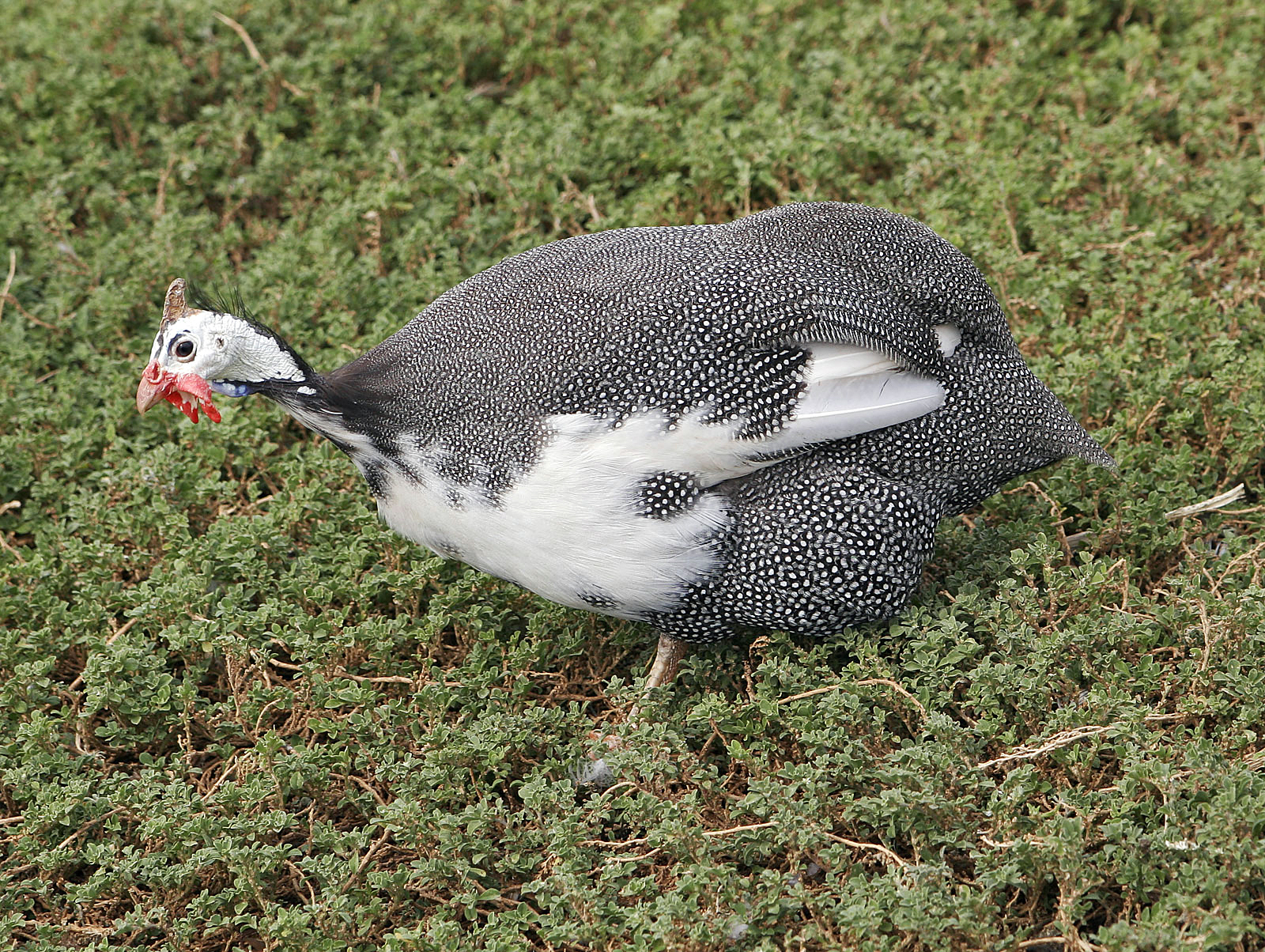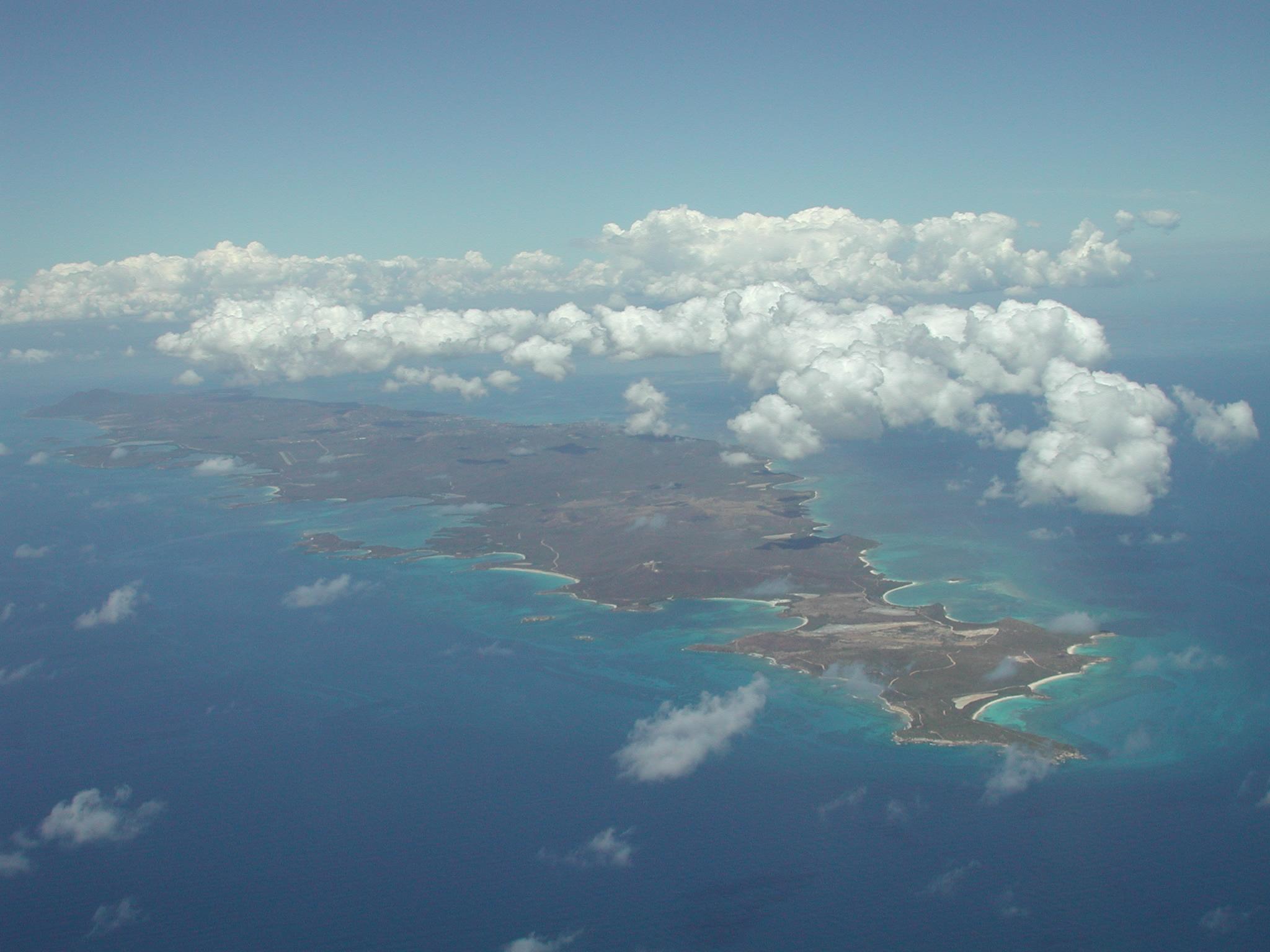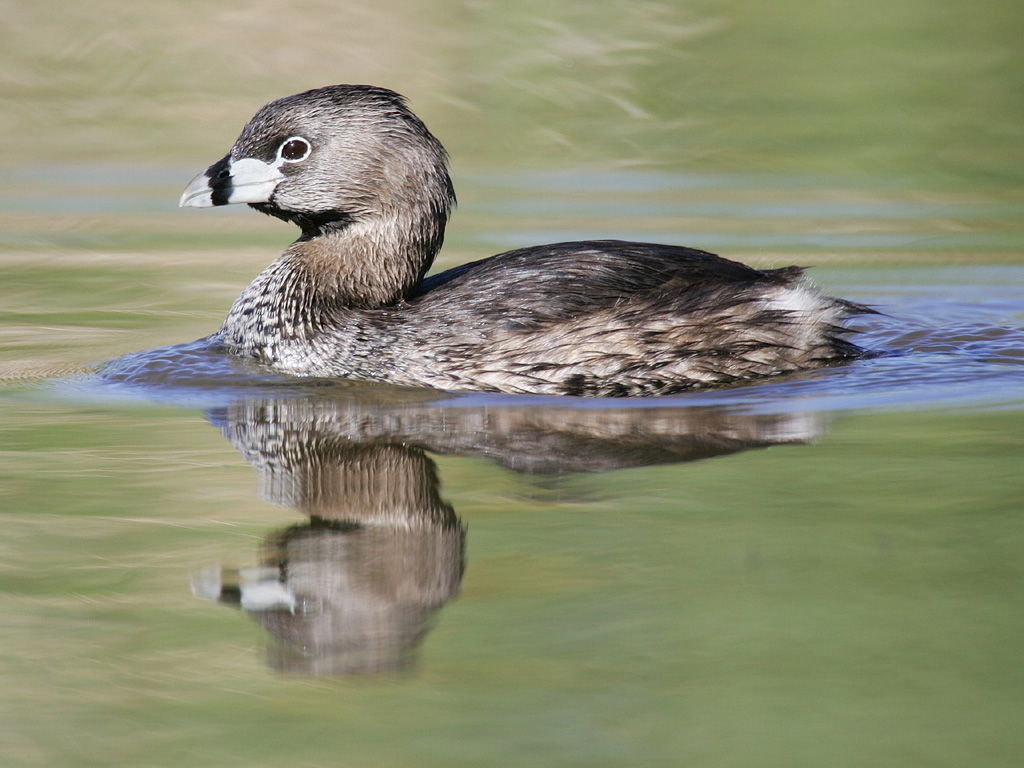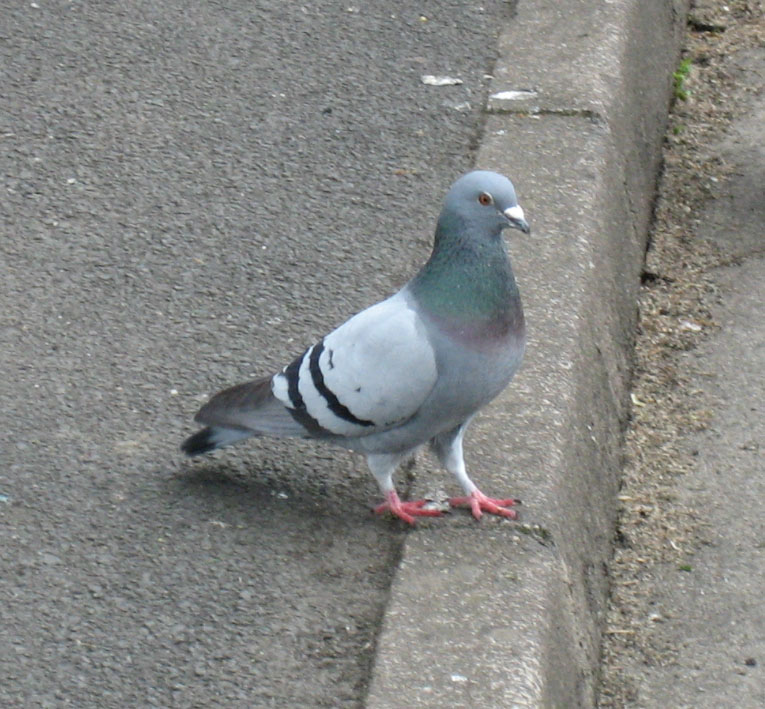|
Lesser Antillean Pewee
The Lesser Antillean pewee (''Contopus latirostris'') is a species of bird in the family Tyrannidae. It is found in Dominica, Guadeloupe, Martinique, Puerto Rico, and Saint Lucia with records from Saint Kitts. Birds on Puerto Rico are sometimes considered to be a separate species (Puerto Rican pewee, ''C. portoricensis'') as are those on Saint Lucia (Saint Lucia pewee, ''C. oberi''). Its natural habitats are subtropical or tropical dry forest, subtropical or tropical moist lowland forest, and subtropical or tropical moist montane forest. See also * Fauna of Puerto Rico * List of birds of Puerto Rico * List of endemic fauna of Puerto Rico * List of Puerto Rican birds * List of Vieques birds * El Toro Wilderness References Lesser Antillean pewee Birds of Puerto Rico Birds of the Lesser Antilles Lesser Antillean pewee The Lesser Antillean pewee (''Contopus latirostris'') is a species of bird in the family Tyrannidae. It is found in Dominica, Guadeloupe, Martinique ... [...More Info...] [...Related Items...] OR: [Wikipedia] [Google] [Baidu] |
Jules Verreaux
Jules Pierre Verreaux (24 August 1807 – 7 September 1873) was a French botanist and ornithologist and a professional collector of and trader in natural history specimens. He was the brother of Édouard Verreaux and nephew of Pierre Antoine Delalande. Career Verreaux worked for the family business, Maison Verreaux, established in 1803 by his father, Jacques Philippe Verreaux, at Place des Vosges in Paris, which was the earliest known company that dealt in objects of natural history. The company funded collection expeditions to various parts of the world. Maison Verreaux sold many specimens to the Muséum National d'Histoire Naturelle to add to its collections. In 1830, while travelling in modern-day Botswana, Verreaux witnessed the burial of a Tswana warrior. Verreaux returned to the burial site under cover of night to dig up the African's body where he retrieved the skin, the skull and a few bones. Verreaux intended to ship the body back to France and so prepared and preser ... [...More Info...] [...Related Items...] OR: [Wikipedia] [Google] [Baidu] |
Montane Forest
Montane ecosystems are found on the slopes of mountains. The alpine climate in these regions strongly affects the ecosystem because temperatures fall as elevation increases, causing the ecosystem to stratify. This stratification is a crucial factor in shaping plant community, biodiversity, metabolic processes and ecosystem dynamics for montane ecosystems. Dense montane forests are common at moderate elevations, due to moderate temperatures and high rainfall. At higher elevations, the climate is harsher, with lower temperatures and higher winds, preventing the growth of trees and causing the plant community to transition to montane grasslands, shrublands or alpine tundra. Due to the unique climate conditions of montane ecosystems, they contain increased numbers of endemic species. Montane ecosystems also exhibit variation in ecosystem services, which include carbon storage and water supply. Life zones As elevation increases, the climate becomes cooler, due to a decrease in a ... [...More Info...] [...Related Items...] OR: [Wikipedia] [Google] [Baidu] |
Birds Of The Lesser Antilles
Birds are a group of warm-blooded vertebrates constituting the class Aves (), characterised by feathers, toothless beaked jaws, the laying of hard-shelled eggs, a high metabolic rate, a four-chambered heart, and a strong yet lightweight skeleton. Birds live worldwide and range in size from the bee hummingbird to the ostrich. There are about ten thousand living species, more than half of which are passerine, or "perching" birds. Birds have whose development varies according to species; the only known groups without wings are the extinct moa and elephant birds. Wings, which are modified forelimbs, gave birds the ability to fly, although further evolution has led to the loss of flight in some birds, including ratites, penguins, and diverse endemic island species. The digestive and respiratory systems of birds are also uniquely adapted for flight. Some bird species of aquatic environments, particularly seabirds and some waterbirds, have further evolved for swimming. Birds ... [...More Info...] [...Related Items...] OR: [Wikipedia] [Google] [Baidu] |
Birds Of Puerto Rico
This is a list of the bird species recorded in the archipelago of Puerto Rico, which consists of the main island of Puerto Rico, two island municipalities off the east coast (Vieques and Culebra), three uninhabited islands off the west coast ( Mona, Monito and Desecheo) and more than 125 smaller cays and islands. The avifauna of Puerto Rico included a total of 385 species as of July 2022, according to ''Bird Checklists of the World''. Of them, 201 are accidental, two have been extirpated, and one is believed to be extinct. Seventeen species are endemic. Non-native species are common; 43 listed here were introduced by humans. Individuals of many other species (mostly parrots, finches, and waxbills) are flying free, presumably after escaping or being released from captivity. For example, a 2018 study on introduced Psittacidae on the island found at least 46 species present, of which 24% are only found in the pet trade (captivity), 48% have been observed in the wild (but are n ... [...More Info...] [...Related Items...] OR: [Wikipedia] [Google] [Baidu] |
Contopus
The pewees are a genus, ''Contopus'', of small to medium-sized insect-eating birds in the Tyrant flycatcher family Tyrannidae. These birds are known as pewees, from the call of one of the more common members of this vocal group. They are generally charcoal-grey birds with wing bars that live in wooded areas. The genus ''Contopus'' was introduced by the German ornithologist Jean Cabanis in 1855 with the eastern wood pewee as the type species. The name of the genus combines the Ancient Greek Ancient Greek includes the forms of the Greek language used in ancient Greece and the ancient world from around 1500 BC to 300 BC. It is often roughly divided into the following periods: Mycenaean Greek (), Dark Ages (), the Archaic peri ... words ''kontos'' "pole" or "shaft" and ''pous'' "foot". The genus contains 16 species: References External links * * Taxa named by Jean Cabanis {{Bird-stub ... [...More Info...] [...Related Items...] OR: [Wikipedia] [Google] [Baidu] |
El Toro Wilderness
El Toro Wilderness ( es, Selva El Toro) is a federally designated National Wilderness Preservation System unit located within El Yunque National Forest (formerly known as the Caribbean National Forest) on the Sierra de Luquillo in eastern Puerto Rico. El Toro, named after the highest peak in the forest at , is the only tropical wilderness in the United States National Forest System.El Toro Wilderness fact sheet - U.S. Forest Service It was created in 2005 by the Caribbean National Forest Act of 2005. In descending order of land area, the wilderness is located in parts of the of |
List Of Vieques Birds
This is a list of birds recorded in the island of Vieques. Vieques is an island municipality of Puerto Rico located off the east coast of the main island of Puerto Rico, south of Culebra island and west of the Virgin Islands. It has a total area of 348.15 km2, of which only 135 km2 is land area. On May 1, 2001, the western end of Vieques National Wildlife Refuge was established and on May 1, 2003, the same day as the exit of the U.S. Navy from the island, the eastern end of the refuge was established. There are a total of 196 species recorded from the island of Vieques as of July 2022, according to ''Bird Checklists of the World''. Some species, such as the Puerto Rican parrot, have been extirpated from the island but are, nonetheless, included in this list. This list presents the following information for each species: common and scientific name of each species. This list is presented in the taxonomic sequence of the ''Check-list of North and Middle American Bird ... [...More Info...] [...Related Items...] OR: [Wikipedia] [Google] [Baidu] |
List Of Puerto Rican Birds
This is a list of the bird species recorded in the archipelago of Puerto Rico, which consists of the main island of Puerto Rico, two island municipalities off the east coast (Vieques and Culebra), three uninhabited islands off the west coast ( Mona, Monito and Desecheo) and more than 125 smaller cays and islands. The avifauna of Puerto Rico included a total of 385 species as of July 2022, according to ''Bird Checklists of the World''. Of them, 201 are accidental, two have been extirpated, and one is believed to be extinct. Seventeen species are endemic. Non-native species are common; 43 listed here were introduced by humans. Individuals of many other species (mostly parrots, finches, and waxbills) are flying free, presumably after escaping or being released from captivity. For example, a 2018 study on introduced Psittacidae on the island found at least 46 species present, of which 24% are only found in the pet trade (captivity), 48% have been observed in the wild (but are n ... [...More Info...] [...Related Items...] OR: [Wikipedia] [Google] [Baidu] |
List Of Endemic Fauna Of Puerto Rico
This is a list of the endemic fauna of Puerto Rico. This list is sorted in alphabetical order by the scientific name of the species, which are in parentheses. Birds *Yellow-shouldered blackbird (''Agelaius xanthomus'') *Puerto Rican parrot (''Amazona vittata'') *Green mango (''Anthracothorax viridis'') *Puerto Rican nightjar (''Caprimulgus noctitherus'') *Puerto Rican emerald (''Chlorostilbon maugeaus'') * Puerto Rican lizard‑cuckoo (''Coccyzus vieilloti'') *Puerto Rican pewee (''Contopus portoricenis'') *Adelaide's warbler (''Dendroica adelaidae'') * Elfin-woods warbler (''Dendroica angelae'') *Puerto Rican oriole (''Icterus portoricensis'') *Puerto Rican bullfinch (''Loxigilla portoricensis'') *Puerto Rican owl (''Gymnasio nudipes'') *Puerto Rican woodpecker (''Melanerpes portoricensis'') *Puerto Rican flycatcher (''Myiarchus antillarum'') *Puerto Rican tanager (''Nesospingus speculiferus'') *Puerto Rican spindalis (''Spindalis portoricensis'') *Puerto Rican tody (''Todus m ... [...More Info...] [...Related Items...] OR: [Wikipedia] [Google] [Baidu] |
List Of Birds Of Puerto Rico
This is a list of the bird species recorded in the archipelago of Puerto Rico, which consists of the main island of Puerto Rico, two island municipalities off the east coast (Vieques and Culebra), three uninhabited islands off the west coast ( Mona, Monito and Desecheo) and more than 125 smaller cays and islands. The avifauna of Puerto Rico included a total of 385 species as of July 2022, according to ''Bird Checklists of the World''. Of them, 201 are accidental, two have been extirpated, and one is believed to be extinct. Seventeen species are endemic. Non-native species are common; 43 listed here were introduced by humans. Individuals of many other species (mostly parrots, finches, and waxbills) are flying free, presumably after escaping or being released from captivity. For example, a 2018 study on introduced Psittacidae on the island found at least 46 species present, of which 24% are only found in the pet trade (captivity), 48% have been observed in the wild (but are no ... [...More Info...] [...Related Items...] OR: [Wikipedia] [Google] [Baidu] |
Fauna Of Puerto Rico
The fauna of Puerto Rico is similar to other island archipelago faunas, with high endemism, and low, skewed taxonomic diversity. Bats are the only extant native terrestrial mammals in Puerto Rico. All other terrestrial mammals in the area were introduced by humans, and include species such as cats, goats, sheep, the small Indian mongoose, and escaped monkeys. Marine mammals include dolphins, manatees, and whales. Of the 349 bird species, about 120 breed in the archipelago, and 47.5% are accidental or rare. The most recognizable and famous animal of Puerto Rico is probably the common coquí, a small endemic frog, and one of the 86 species that constitute Puerto Rico's herpetofauna. Some native freshwater fish inhabit Puerto Rico, but some species, introduced by humans, have established populations in reservoirs and rivers. The low richness-high diversity pattern is also apparent among invertebrates, which constitutes most of the archipelago's fauna. The arrival of the first peo ... [...More Info...] [...Related Items...] OR: [Wikipedia] [Google] [Baidu] |
Subtropical Or Tropical Moist Lowland Forest
Tropical and subtropical moist broadleaf forests (TSMF), also known as tropical moist forest, is a subtropical and tropical forest habitat type defined by the World Wide Fund for Nature. Description TSMF is generally found in large, discontinuous patches centered on the equatorial belt and between the Tropic of Cancer and Tropic of Capricorn, TSMF are characterized by low variability in annual temperature and high levels of rainfall of more than annually. Forest composition is dominated by evergreen and semi-deciduous tree species. These trees number in the thousands and contribute to the highest levels of species diversity in any terrestrial major habitat type. In general, biodiversity is highest in the forest canopy. The canopy can be divided into five layers: overstory canopy with emergent crowns, a medium layer of canopy, lower canopy, shrub level, and finally understory. These forests are home to more species than any other terrestrial ecosystem: Half of the world's sp ... [...More Info...] [...Related Items...] OR: [Wikipedia] [Google] [Baidu] |

.jpg)





